THE DEFINITIVE GUIDE FOR THE TREATMENT OF MIGRAINE
WHAT IS A MIGRAINE?
Migraine is severe pulsating pain in the head usually one-sided preceded by an aura of sensory disturbance and can be triggered by various things.
Migraine is a primary headache disorder characterized by recurrent headaches that are moderate to severe. Typically, the headaches affect one-half of the head, are pulsating in nature, and last from two to 72 hours.
Associated symptoms may include nausea, vomiting, and sensitivity to light, sound, or smell. The pain is generally made worse by physical activity. Up to one-third of people have an aura: typically a short period of visual disturbance which signals that the headache will soon occur. Occasionally, an aura can occur with little or no headache following it.
WHAT ARE THE TRIGGERS FOR MIGRAINE?
- Anxiety
- Stress
- Lack of food or sleep
- Exposure to sun
- Hormonal changes (in women)
WHAT ARE THE RISK FACTORS TO GET A MIGRAINE?
- Family history: migraine runs in families.
- Age: peak in the ’30s
- Sex: women > men
- Hormonal changes: around menstrual cycles in women; migraine is triggered or aggravated.
THERE ARE FOUR PHASES OF MIGRAINE!!
- Prodrome phase- occurs hours or days before the onset of headache and is characterized by altered mood, depression, fatigue, craving for certain food items, neck stiffness, constipation or diarrhea, sensitivity to light, noise, odor.
- Aura phase- precedes headache and aura may be visual (Blind spots or blank patches in the vision, zig zag lines in vision, flashes of light, blurred vision), sensory (Pricking sensation on the skin), or motor. Other symptoms of the aura phase include speech disturbance, dizziness, auditory hallucinations, delusions.
- Pain phase- usually headache is one-sided, throbbing/ pulsating pain which is moderate to severe in intensity and pain lasts for 2 to 72 hours. Pain is frequently associated with nausea, vomiting, sensitivity to light, sound, smells and fatigue with irritability, light-headedness, confusion.
- Post-drome phase- once the pain phase is over there is a tired feeling in the sufferer along with mood changes and weakness.
WHAT ARE THE SYMPTOMS OF MIGRAINE?
Common symptoms of migraine include:
- Moderate to severe pain, usually one-sided but can involve the whole head and either side.
- Severe throbbing, pulsating pain.
- Pain is severe enough to affect daily chores.
- Nausea, vomiting as associated symptoms.
- Increased sensitivity to stress, light, noise, smell, physical activity.
- Pain relieved by lying in a quiet dark room.
- Few people also have an aura (a short period of visual disturbance that signals that the headache will occur soon).
- Headache lasts for 2 to 72 hours.
WHAT ARE THE SYMPTOMS OF MIGRAINE WITH AURA?
Aura is meant by warning signs in the sufferers which are preceded by the onset of headache however auras are rare.
Common symptoms in the aura are:
- Confusing thoughts or experiences
- Perception of strange, sparkling, flashing lights.
- Blind spots or blank patches in the vision.
- Pricking sensation on the skin.
- Stiffness in shoulders, neck, limbs.
- Unpleasant smells.
WHAT ARE THE POSSIBLE CAUSES OF MIGRAINE?
The exact cause of migraine is unknown but there is the abnormal activity of the brain temporarily affecting the nerve signals, chemicals, and blood vessels of the brain.
However, triggers of migraine are known-
- Hormonal changes- women experience migraines usually 2 days before menses due to hormonal changes (estrogen) and there is improvement usually after menopause.
- Emotional triggers- include stress, anxiety, tension, shock, anxiety, depression, excitement.
- Physical triggers- include tiredness, lack of sleep, jet lag, low blood sugar, etc.
- Dietary triggers- include skipping meals, long working hours in front of the screen, smoking, strong smells, etc.
- Medicines- like combined contraceptive pills, hormone replacement therapy, etc.
HOW TO GET THE DIAGNOSIS FOR MIGRAINE?
Migraine can only be diagnosed depending on the presenting symptoms, medical history, family history, physical and neurological examination. Tests are usually performed to rule out other causes of headaches.
WHAT IS THE TREATMENT FOCUS FOR MIGRAINE?
- Relieve the pain.
- Manage the triggers.
WHAT ARE THE MANAGEMENT STEPS FOR MIGRAINE?
- Prepare a headache diary.
- If possible, avoid exposure to triggers of migraine.
- Do regular exercises.
- Prepare and follow a consistent daily schedule with regular sleep patterns and meals.
- Meditation.
- Have plenty of water.
- Homeopathic treatment.
WHAT IS THE HOMEOPATHIC MANAGEMENT FOR MIGRAINE?
Homeopathic medicines for migraine are:
- Natrum Mur
- Onosmodium
- Glonoine
- Pulsatilla
- Sepia
- Tuberculinum
- Silicea
- Psorinum
- Hepar sulph
- Rhus tox
- Bryonia
There are many wonderful medicines in homeopathy that can be thought of in migraines. After a thorough evaluation of the case, the medicine is selected and prescribed depending on the totality of symptoms of the patient.
WHAT ARE THE DOS And DON’Ts FOR MIGRAINE?
Do’s
- Do regular exercise
- Take regularly scheduled meals, don't skip meals
- Take adequate sleep
- Do meditation
- Prepare a headache diary.
- Avoid triggers
- Take plenty of water
Don’ts
- Don’t do things that trigger migraine
- Don't stress your body much
WATCH THE FULL VIDEO ON MIGRAINE TO UNDERSTAND MORE!!

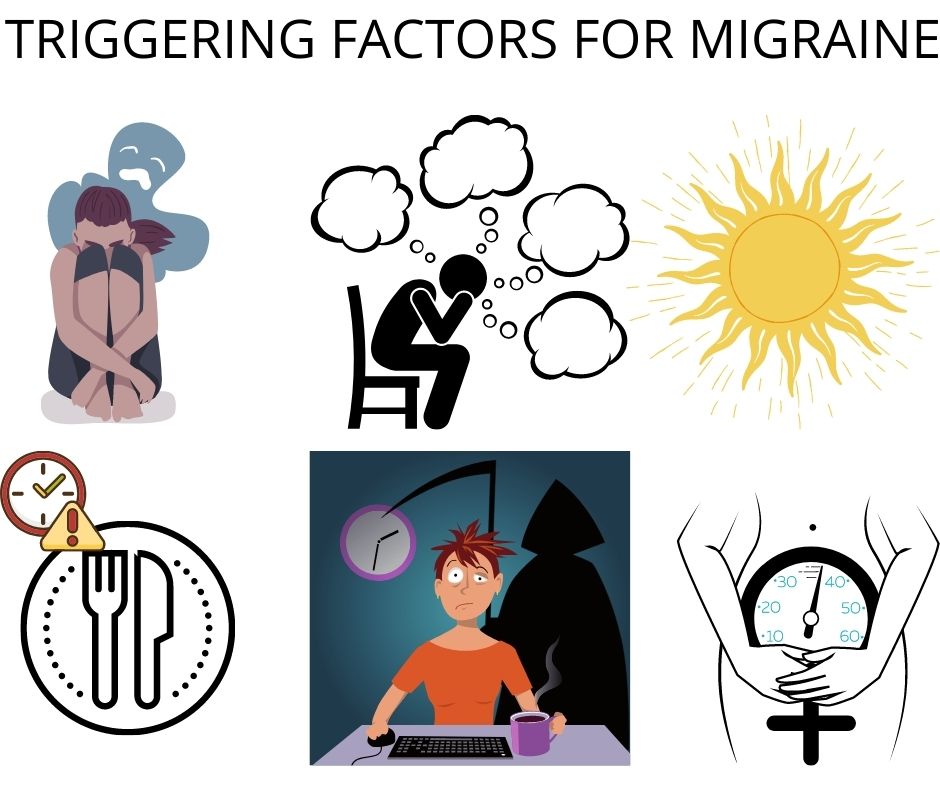
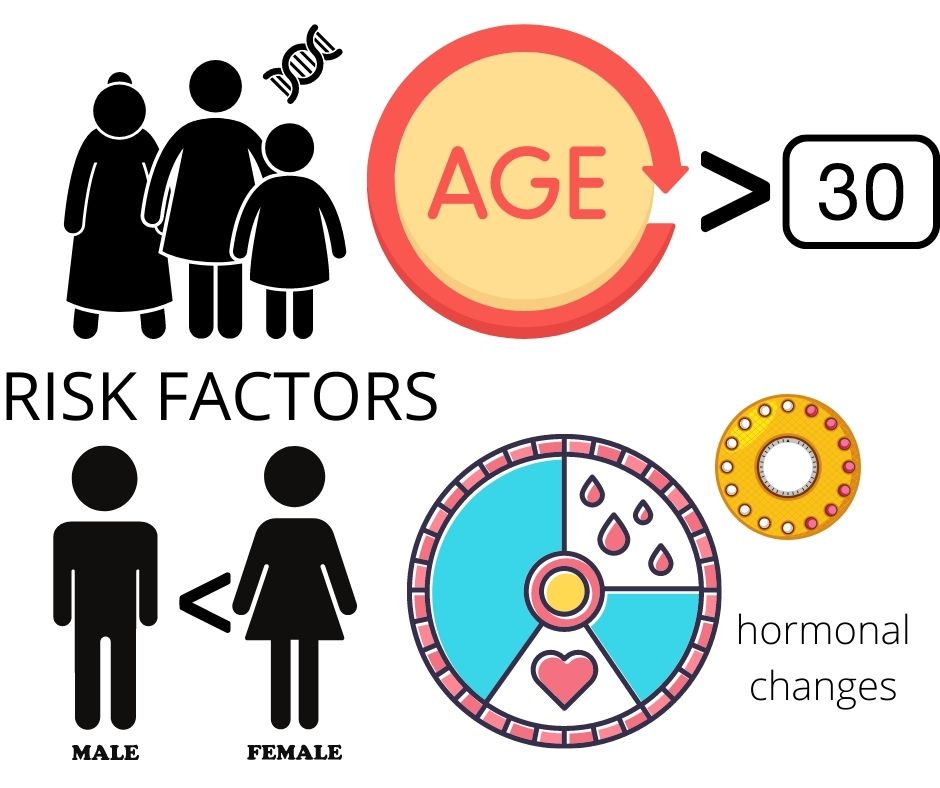
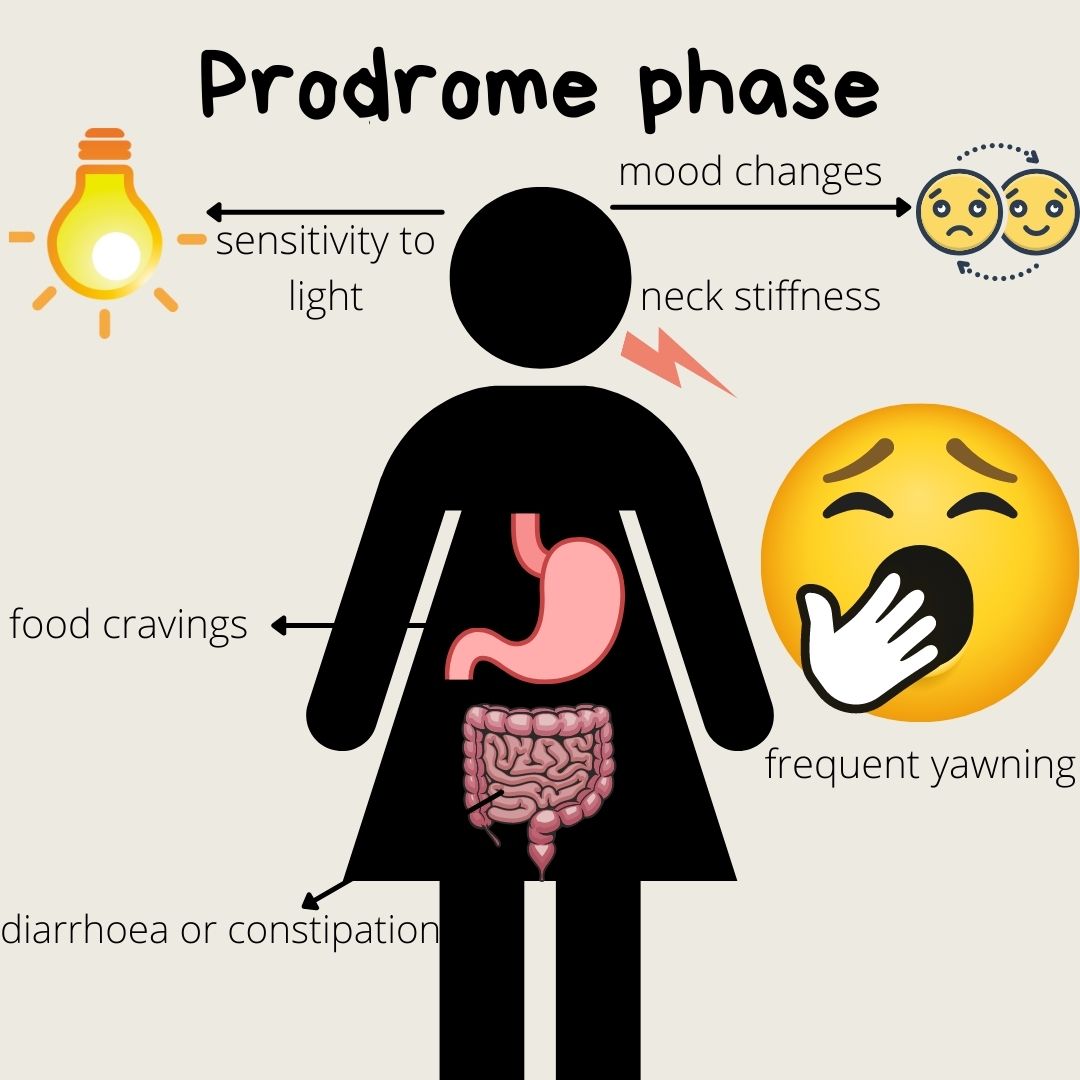
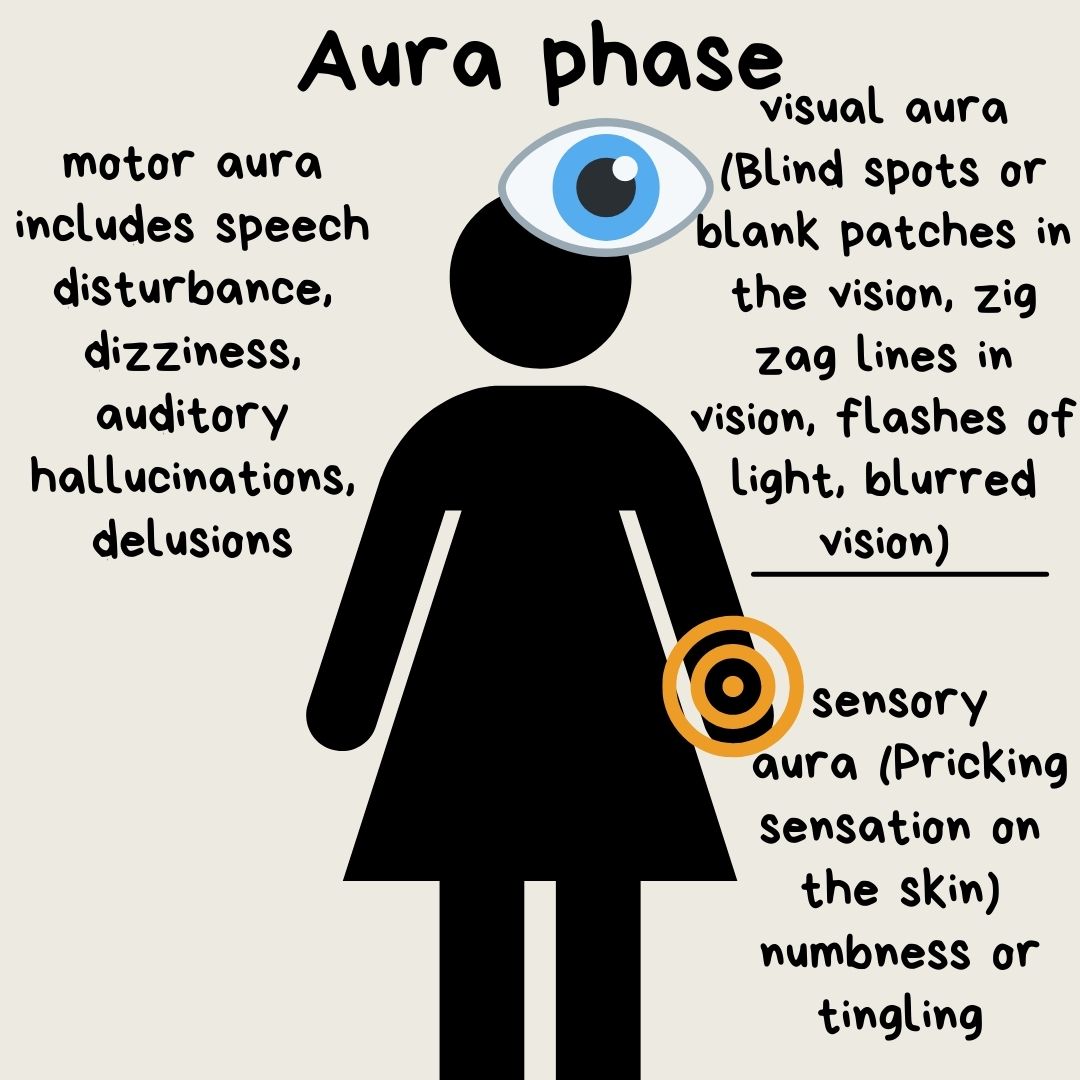
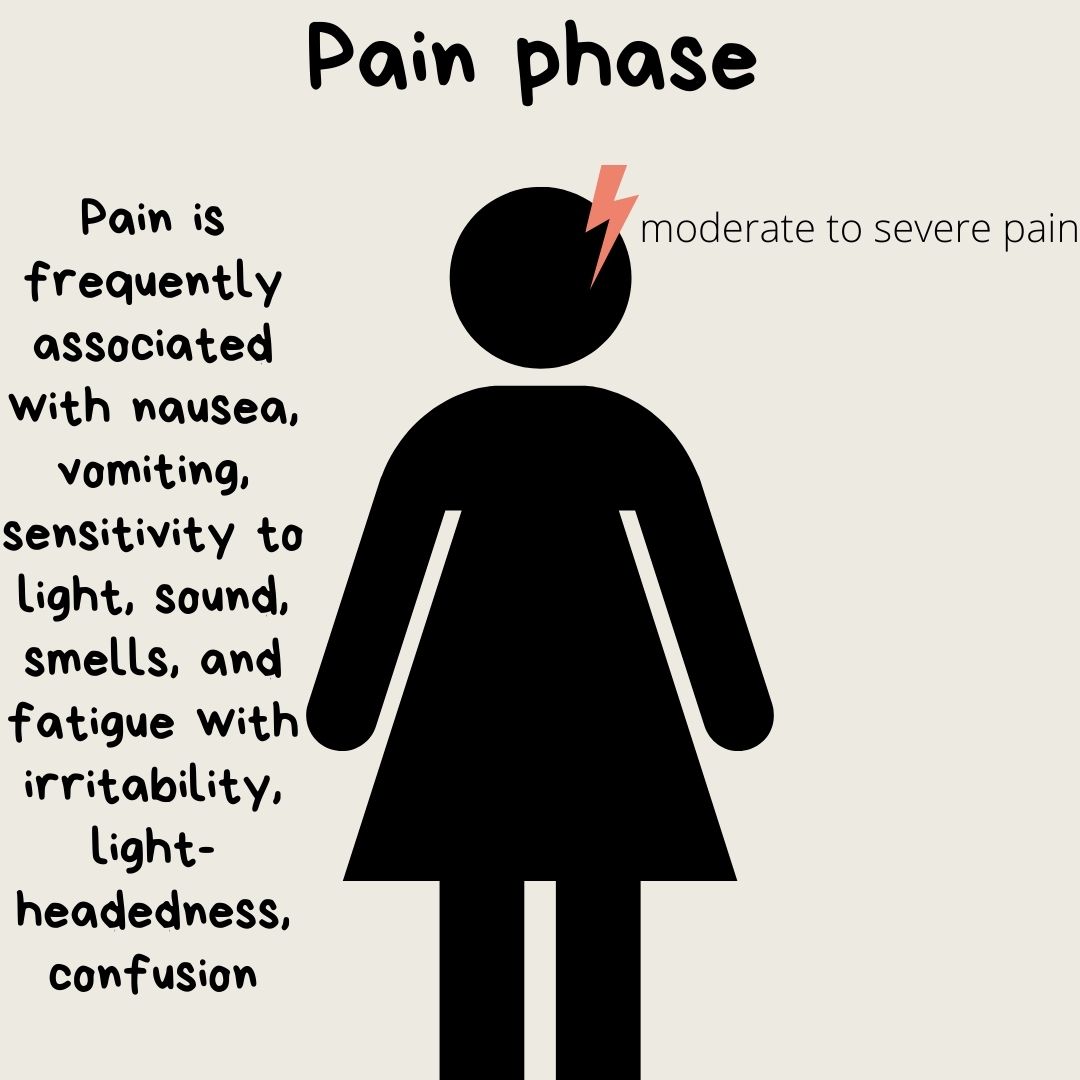
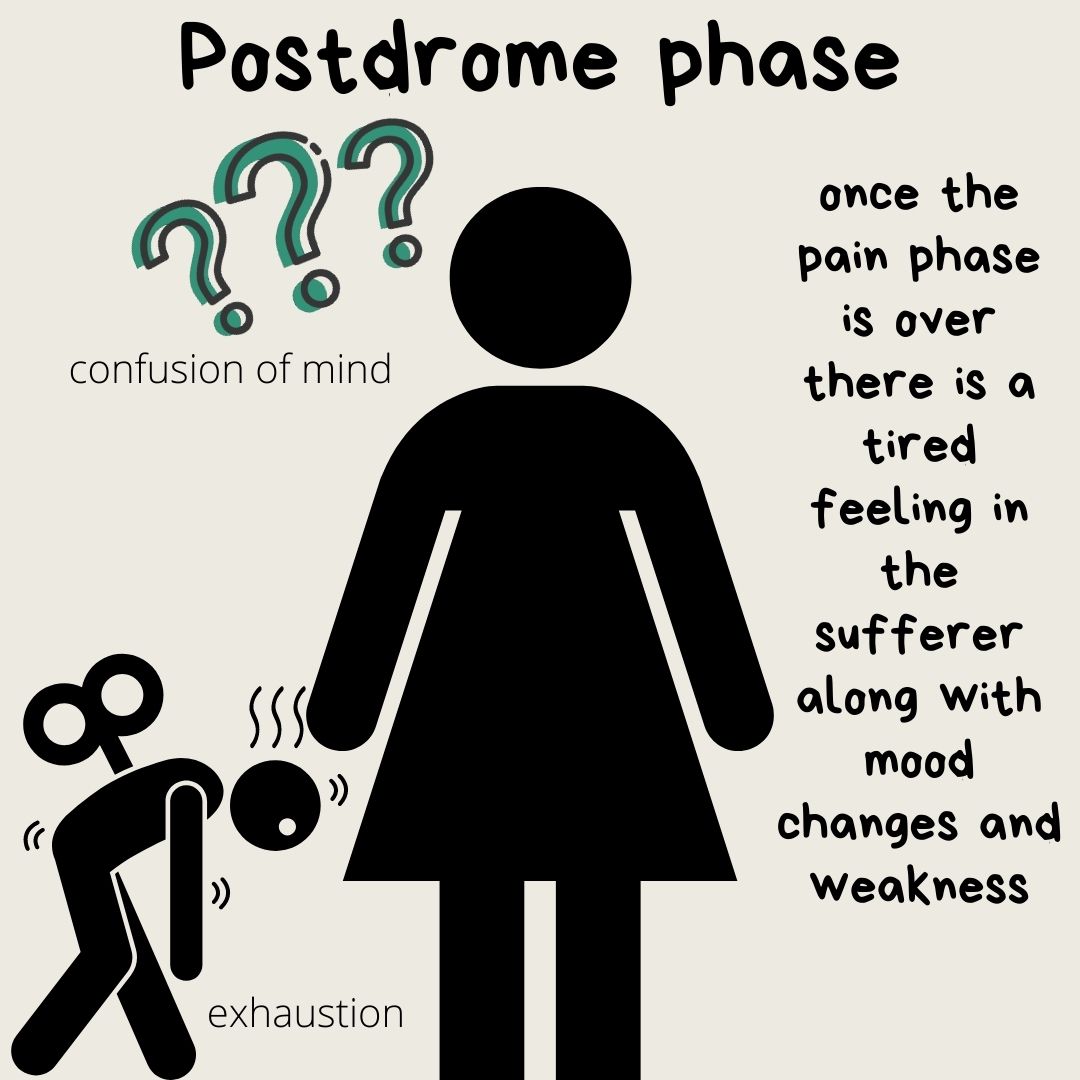
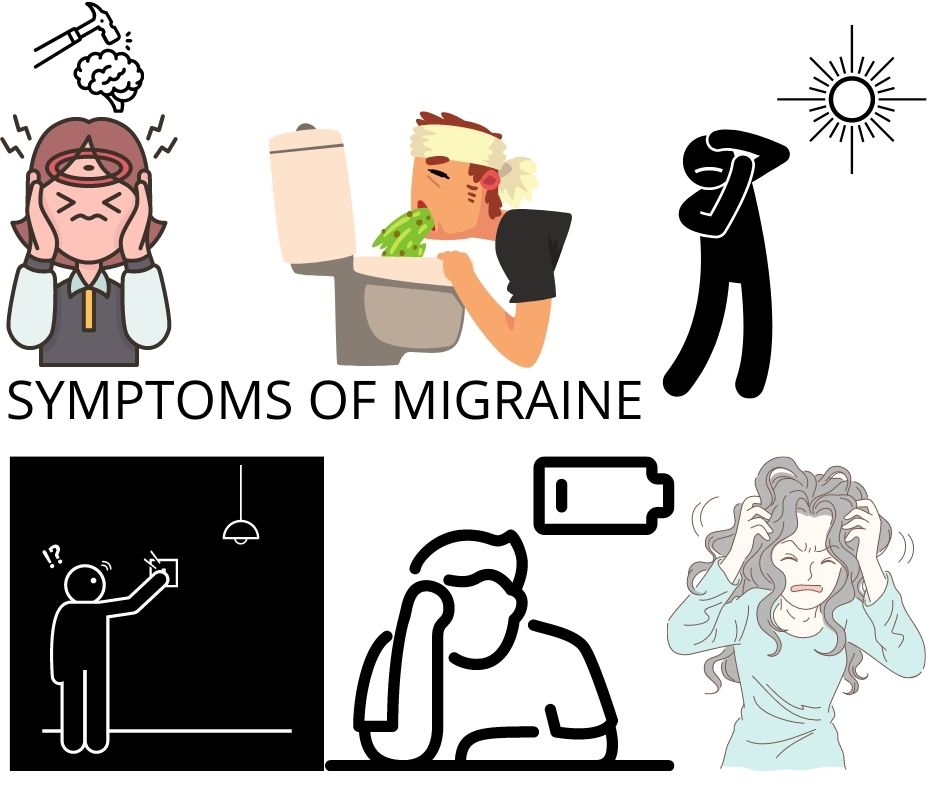
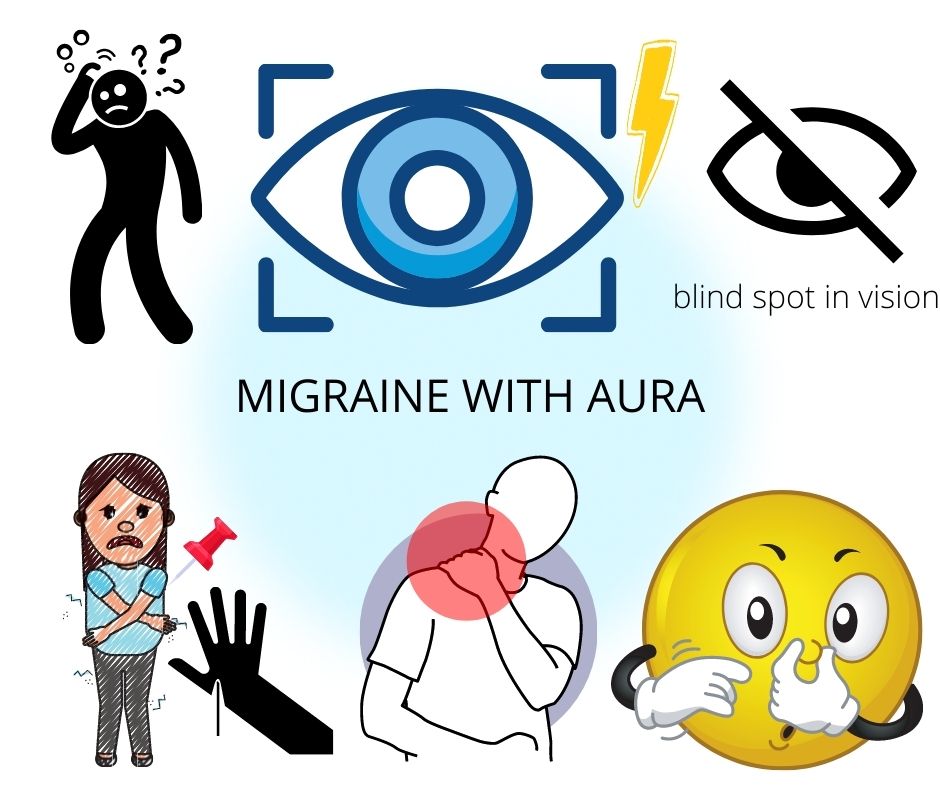
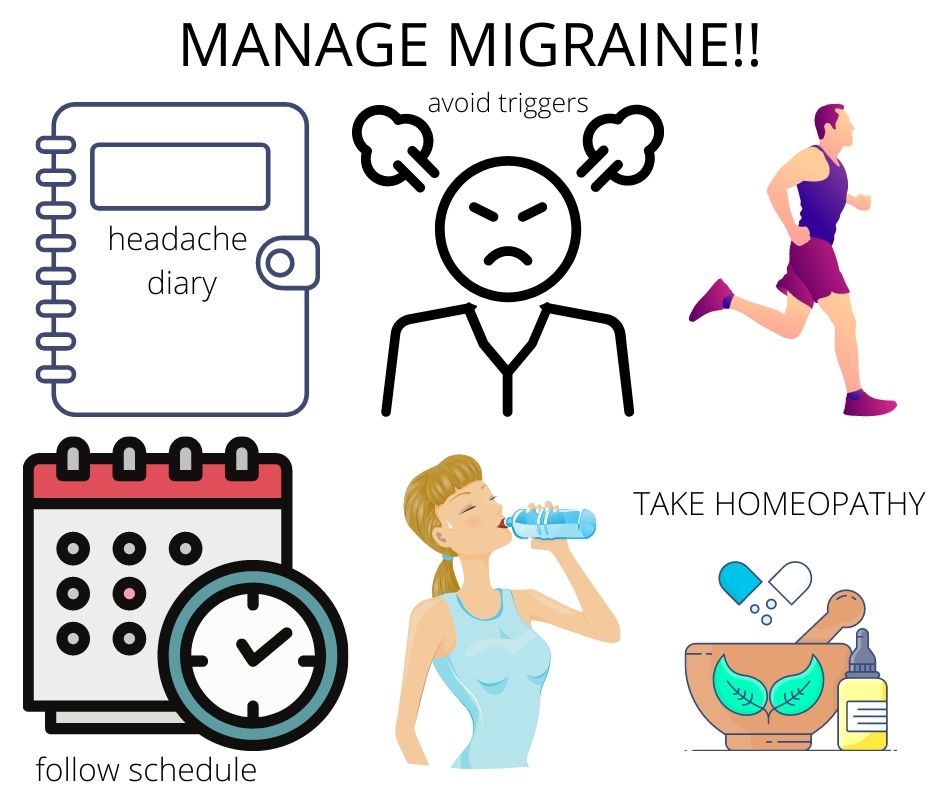
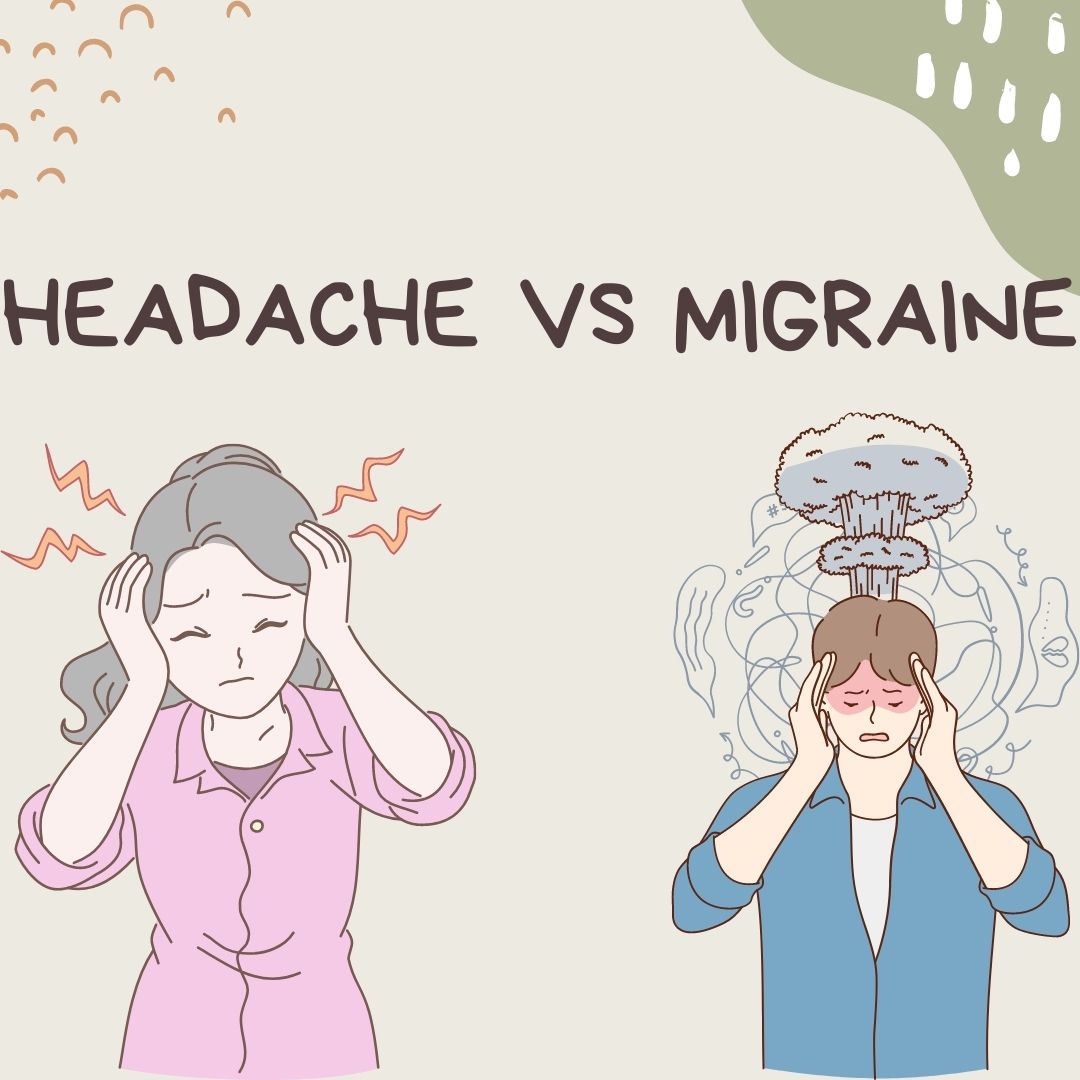
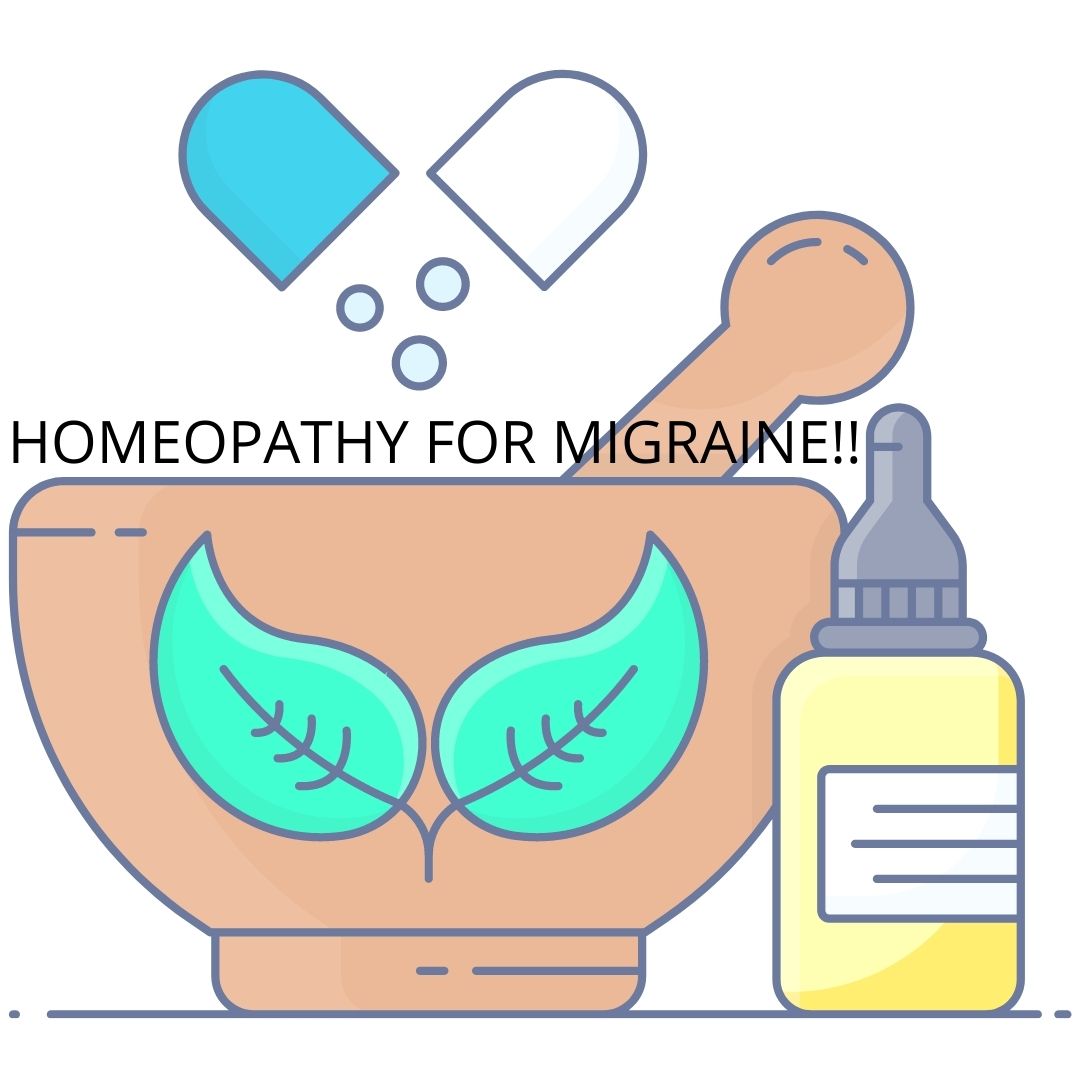
Comments
We have received your comment , Thank You !